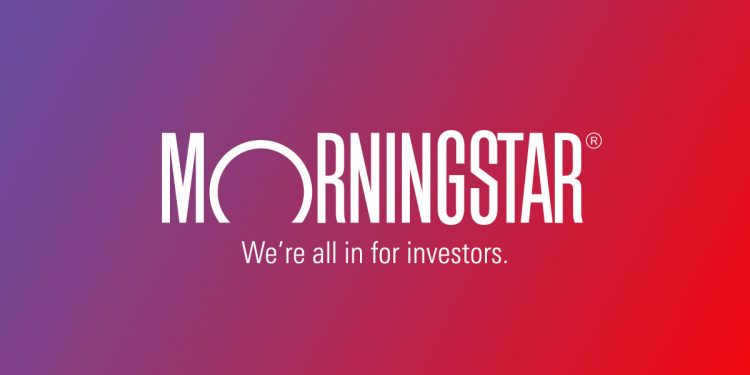Low Carbon Transition Leaders Indexes
Morningstar launches the Morningstar Low Carbon Transition Leaders Indexes to help investors allocate funds to companies leading the net-zero transition.
Morningstar data shows that global climate-oriented funds have exceeded US$500 billion, but the current net zero path is still far from the Paris Agreement’s 1.5 degrees Celsius warming target. Some investors have begun to doubt whether public companies’ net-zero emissions pledges can be met. The Low Carbon Transition Leaders Index launched by Morningstar screens out listed companies with better performance in net-zero transition for investors, reducing information asymmetry in investment decisions.
Related Post: Morningstar Launches Sustainable Activities Involvement Indexes
Net Zero Plan and Emission of Listed Companies
Investors are paying increasing attention to climate, primarily because of the risk climate change poses to society. In terms of physical risks, climate change could reduce economic output by 25% in 2050. In terms of transition risks, changes in consumer behavior and the application of low-carbon technologies may have long-lasting changes in the operating performance of listed companies. To address the impact of climate change, multiple jurisdictions have begun to formulate regulatory requirements based on the framework of the Task Force on Climate-Related Financial Disclosures (TCFD).
Investors can obtain carbon emission data from listed company reports and apply it to investment analysis. However, the carbon emission information disclosure of global companies is still incomplete. Only 46% of listed companies have disclosed Scope 1 and Scope 2, and only 29% of listed companies have disclosed Scope 3. The current situation of insufficient data makes climate analysis difficult.

To solve this problem, Sustainalytics, a subsidiary of Morningstar, proposed the Low Carbon Transition Ratings (LCTRs). The Low Carbon Transition Rating provides a scientific, forward-looking assessment of a listed company’s net-zero path to measure deviations from the company’s expected emissions and net-zero emissions targets and evaluates them through misaligned emissions and Implied Temperature Rise.
Sustainalytics uses the Low Carbon Transition Ratings to analyze 8,000 companies around the world and finds that based on the current emission scenarios set by listed companies, global temperatures will rise by 3.1 degrees Celsius, and emissions will increase by 30% compared to the target. The company’s average climate risk management score is 35.5 (less than 45 is considered insufficient management capability).
Introduction to the Morningstar Low Carbon Transition Leaders Indexes
The Morningstar Low Carbon Transition Leaders Index uses the Low Carbon Transition Ratings provided by Sustainalytics and is designed to provide market exposure to companies that are at the forefront of the transition. The index is based on the Morningstar Global Target Market Exposure Index, which represents 85% of the world’s largest and mid-cap companies by market capitalization. Morningstar then uses negative screening to eliminate companies that do not comply with the rules of the United Nations Global Compact. The remaining companies are calculated using the Low Carbon Transition Rating, and the top 50% constituent stocks in different industries are selected, considering the company’s green revenue and decarbonizing tilt factors.
The Morningstar Low Carbon Transition Leaders Index includes global and regional indices. The regional index is divided into developed countries and emerging markets. The carbon intensity of the Morningstar Low Carbon Transition Leaders Index is significantly lower than other similar indices. Compared with the developed market index benchmark, the carbon intensity has dropped by 30%. Compared with the emerging market index benchmark, the carbon intensity has dropped by 40%. At the same time, the industry weights of the Morningstar Low Carbon Transition Leaders Index are like those of the developed market benchmark and the emerging market index benchmark.
From a risk-return perspective, the Low Carbon Transition Leaders Index outperformed developed country benchmarks but lagged emerging market benchmarks, with adjusted index volatility higher than them. This data shows that investing in a low-carbon economy does not necessarily lead to poor investment performance. Investors can invest in companies that truly implement carbon emission reductions based on the new index.
Reference:
Morningstar Low Carbon Transition Leaders Indexes
ESG Advertisements Contact:todayesg@gmail.com








